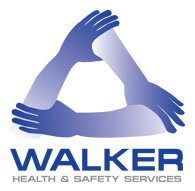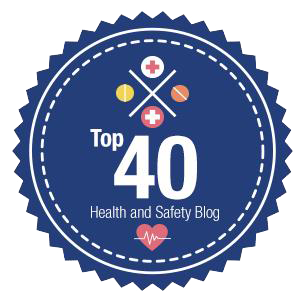The risks from hand/arm vibration can often be easily managed, but it is vital that the correct measures are put into place. Check today that your workers are protected when using power tools and other similar equipment.
- Do a risk assessment to help identify the hazards associated with vibration in relation to the tools your workers use, and the jobs they are required to do. Look at both individuals and groups of workers who may be at risk.
- Work out which of your tools emit vibration and each of the tasks they are used for. See what control measures are needed to either remove or reduce the vibration risk, such as introducing maximum time limits for the use of each tool. Check the manufacturer’s instructions and guidance for information about this.
- Train workers to use hand-held tools in the correct way. Make sure they do not apply excessive force but instead allow the tool to do the work.
- Introduce health surveillance for those potentially at risk of ill-health from vibration. Teach staff about the symptoms to look out for, such as finger numbness, pain and loss of grip.
- Regularly inspect tools to check that they are in a good condition. Make sure that tools are not blunt, and that where feasible, dampeners are in place.
Contact us if you require advice.
A fall from height is one of the most common reasons for a workplace fatality – be sure to take the time today to check that everyone on your site is protected from falling into pits and other work spaces.
- Do a risk assessment to determine where your fall from height hazards exist. Think about steps, pits, holes and other open areas, and how people could fall into them when working on or near them. Install guard rails and barriers, and hand-holds on stairs.
- Mark the edges of all pits and level changes with bright paint. Cover all open pits with boards that are secured down to prevent them moving. Check that coverings can take the weight of anything intended to be put on it.
- Ensure good levels of lighting at all times, both inside and outside buildings. Highlight areas where people could fall with signage and prevent unauthorised access. Escort visitors at all times to prevent them wandering into dangerous areas.
- Discuss falls from height with workers on induction, and at regular intervals such as during toolbox talks. Supervise worker activities and undertake regular inspections of work areas to ensure that the controls identified in risk assessments relating to falls are being implemented and used correctly.
- Look at ways of preventing workers from walking backwards – for example, when guiding vehicles or plant into inspection areas – by avoiding the need for vehicles to reverse. Use designated one-way routes where possible.
Contact Walker Health and Safety Services Limited should you require assistance.
The Workplace (Health, Safety and Welfare) Regulations 1992 cover a wide range of basic health, safety and welfare issues and apply to most workplaces (except those involving construction work on construction sites, those in or on a ship, or those below ground at a mine).
Welfare facilities include toilets, wash basins, showers and changing facilities, and clean areas in which to rest, drink and eat. Check that all these areas are clean, and that they are regularly inspected for hygiene purposes. Ensure that all facilities are well lit and suitably ventilated.
- Verify that you have enough toilets and sinks for workers – there should be enough that no-one has to queue for long periods. If there are not separate facilities for men and women, ensure that rooms have lockable doors for privacy.
- Toilets should be well stocked with toilet paper, and there must be a means of disposing of female sanitary products.
- If your workers undertake dirty work, it may be appropriate to provide showers.
- Washbasins need to be large enough to fit hands in, and forearms if dirty work such as construction activities are undertaken. Make sure that both hot and cold water are provided, as well as soap and paper towels or a hand dryer.
- You need to provide drinking water for workers. This can be via drinking taps, water fountains or failing that, a bottled water supply. Ensure that non-drinking water taps are adequately labelled.
- Provide storage areas for wet or contaminated clothes. Use airers, for example, to dry out wet clothes during the course of the day.
Contact Walker Health and Safety services Limited should you require advice.









